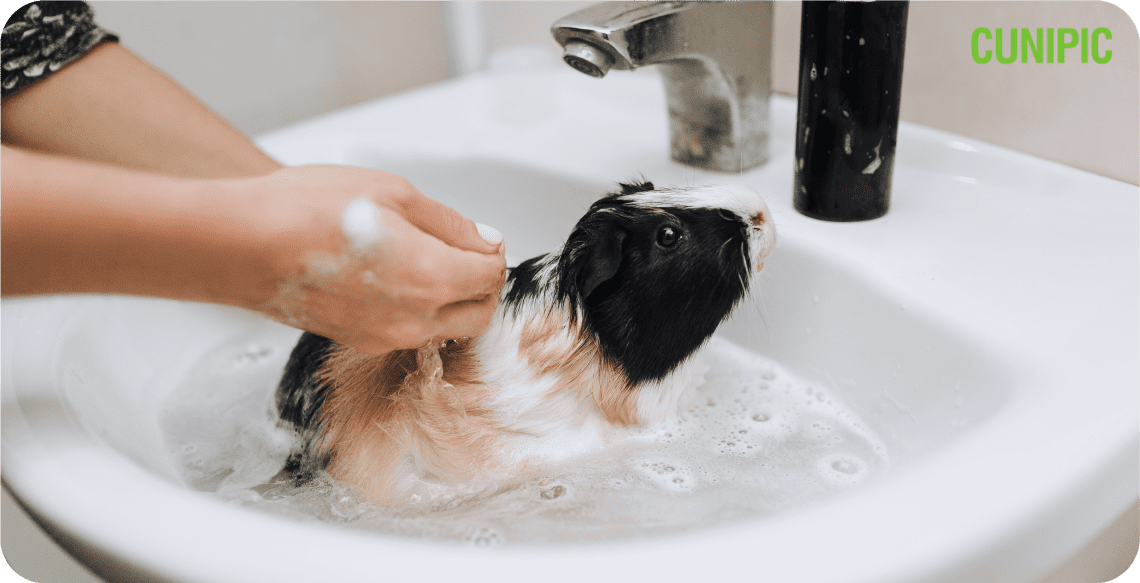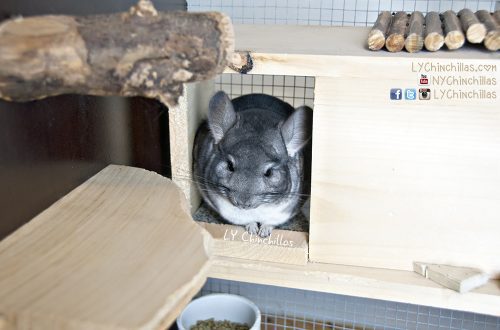
Hygiene procedures for guinea pigs
Proper care, including hygienic procedures for guinea pigs – a guarantee of their health and well-being, and therefore your peace of mind.Sometimes guinea pigs need to be bathed. If an unpleasant smell comes from the animal, then water procedures are necessary. Use baby shampoo (the mildest) and rinse thoroughly. Then the fur is well dried with a warm hair dryer, and the animal remains in a warm room until it dries completely. Be careful – guinea pig freezes easily.

In the photo: hygiene procedures for guinea pigs The claws of an elderly guinea pig may not have time to wear off properly and in this case they form bends and even curls, which prevents the rodent from moving. Your task is to ensure a regular “manicure”. If the claws are light, trimming them is not difficult, as the blood vessels are clearly visible. Excess keratinized areas can be cut off using manicure tweezers. Make sure that the tip of the claw forms a bevel inward and thereby repeats the normal profile of the tip of the claw. But if the guinea pig has black claws, you can overdo it and grab the blood-fed area. Therefore, a very small piece of the claw is cut off. If blood comes out, moisten a cotton swab with some kind of disinfectant and press it against the bleeding area. If you are not confident in your abilities, you can go to a veterinary clinic where a specialist will cut your pet’s claws. Guinea pigs have a pocket in the anus. Feces can accumulate there, especially in older males. You will have to help them empty this pocket by gently pressing from outside to inside, preferably from both sides at the same time. Hay dust can accumulate under the foreskin in young males. In addition, hairs hang there, which can be woven into hooks and are located on both sides of the penis. Such villi or blades of grass can also be located in the anterior part of the urethra. In this case, you must remove them very carefully.





